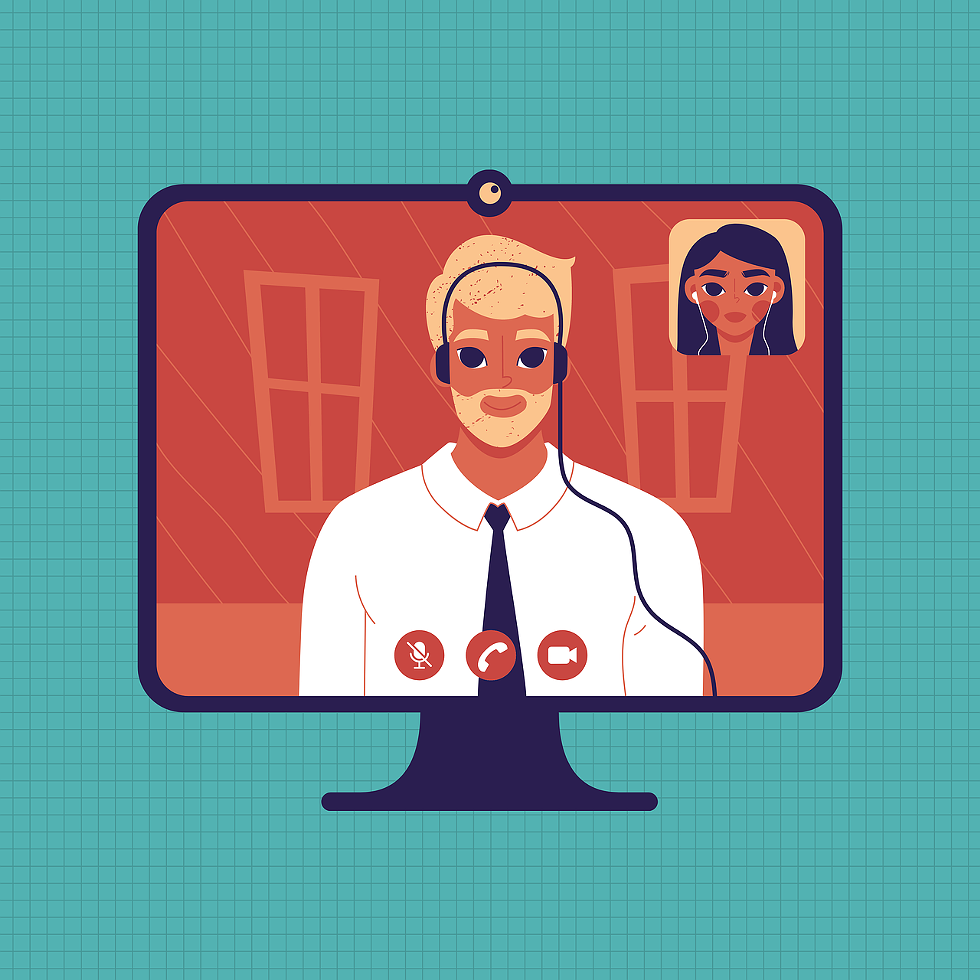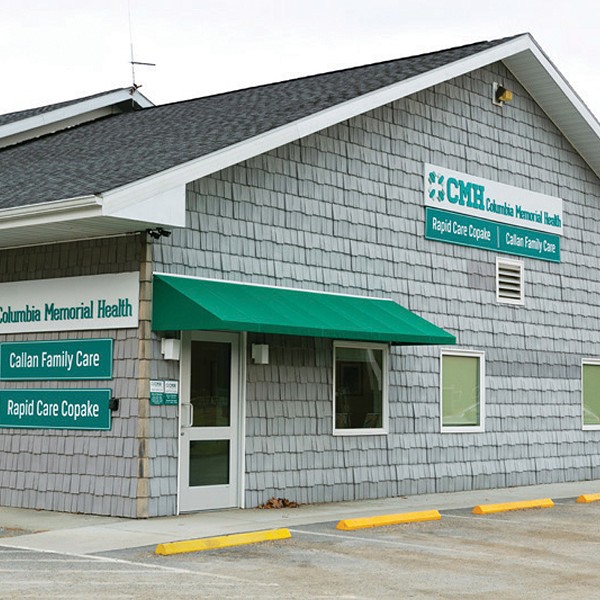If you've scheduled a doctor's appointment in the last year, chances are you've had a virtual appointment. With hospitals and medical practices on high alert for the spread of Covid, minor ailments and health concerns that didn't require an in-person visit shifted largely onto computers and smartphones, where a provider could talk you through your symptoms and even provide a diagnosis from the comfort of your own home.
It's hard to believe, then, that prior to the pandemic, many healthcare providers simply didn't offer virtual appointments. "We didn't do telehealth because New York State didn't cover it at the time," says Dr. Ronald Pope, Vice President of Medical Services, Care Centers for Columbia Memorial Health (CMH). "There were many states that had been working with telehealth previously, but every state was different, and New York had to ramp up pretty quickly when Covid hit."
According to Dr. Pope, the reason can largely be attributed to differences in insurance carriers' coverage of virtual services. At the start of the pandemic, that all changed. To encourage people to stay home as much as possible, carriers began lifting restrictions on virtual appointments and in some instances, waiving copays for them entirely.
With regulations temporarily relaxed, CMH was able to establish a robust, flexible telehealth program "practically overnight" says Dr. Pope. "It was the fastest implementation I've ever seen by a truly outstanding group of people from IT to the clinical departments," he says.
While telehealth has presented a steep learning curve for the less technologically savvy, it has allowed CMH to better cater to their primary care and specialty patients' needs. "When you make a telehealth appointment, a receptionist will walk you through the options to find the best platform or method for you," says Dr. Pope.
Those options include dedicated telehealth platforms like MEND, which you can access through a link sent by email, or even the FaceTime app on your iPhone. "FaceTime is pretty easy for anyone who has an iPhone and some of our older patients are used to FaceTiming with their grandkids, so that has allowed us to open up the opportunity to more people," says Dr. Pope.
For patients with more immediate health concerns who prefer not to travel to an urgent care center, requesting a telehealth appointment through CMH's Rapid Care website is also easy. To cut down on wait time, CMH's Rapid Care providers in Copake and Valatie have partnered with urgent care providers at CMH's affiliate, Albany Med, to see patients within 30 minutes after they request an appointment online.
While CMH's offices reopened to regular appointments last summer after safety precautions were put in place, they have continued to offer telehealth appointments due to rising demand. According to Dr. Pope, the virtual visits have provided greater flexibility to patients without access to regular transportation, who have schedule conflicts, or who are at high-risk and would simply prefer to stay at home.
While it may take some time for state and federal regulations to be rewritten to address the pace of technological change, it's clear that the boom in telehealth is already shaping the future of healthcare. "Until we know what the regulations will look like after the pandemic is over, it's hard to say what the landscape will look like," says Dr. Pope. "But I think telehealth is definitely here to stay."

















